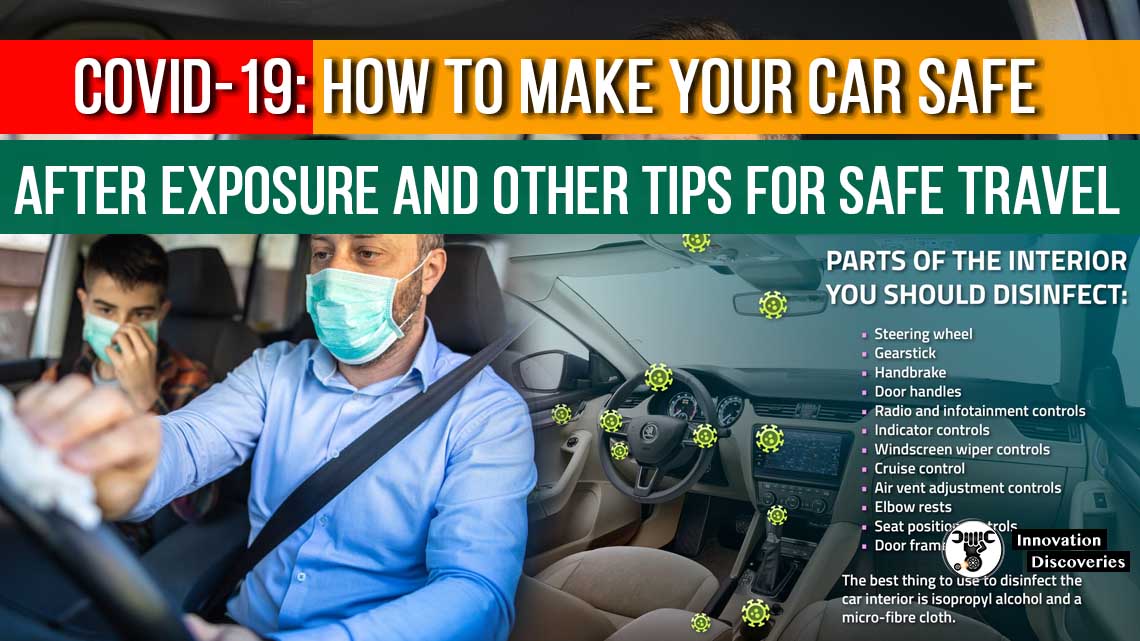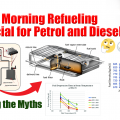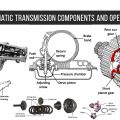
We’ve all been staying home more this year, but there are times when traveling is important.
When you do need to travel, be sure always to use the correct car seat, booster seat, or seat belt every time, every ride.
And right now, preventing the spread of COVID-19 should also be an important part of your travel routine.
The American Academy of Pediatrics gives these tips:
– Car seats may be cleaned but should never be disinfected.
While wipes and bleach work great for most surfaces, using a disinfecting chemical on a car seat harness or seat belt can cause damage to the webbing, causing the car seat or seat belt to fail in the event of a crash.
– Can clean most car seats, boosters, and seat belts with mild soap and water, and some have machine washable covers.
– Read your car seat owner’s manual for the proper cleaning instructions for that seat. Always air dry the harness straps.
– You can also contact the manufacturer for help if you can’t find your car seat manual.
If your child or any other person tests positive or has been exposed to COVID-19 and has been in the car, take the following steps:
– Clean and disinfect the spot where that person rode, including the seats, door handles, window, and lock buttons, steering wheel, gearshift, and other hard surfaces within six feet of where they were.
– Remove the car seats and wash them according to the manufacturer’s instructions. Or you can place them out of reach or in a tightly sealed plastic bag for a few days.
– Wear gloves, a mask, and eye protection while handling the car seats, and wash your hands thoroughly afterward. After a few days, you can use the car seats safely again.
– Remember: seat belts should not be disinfected with harsh chemicals.
– If possible, do not use that seating position for a few days.
– Weather permitting, parking in the sun, and airing out the vehicle with the windows open may help get rid of the virus more quickly.
After a few days, you can clean the seat belt with mild soap and water and use it again.
- To prevent the spread of COVID-19, try to limit passengers in your car to those who live in your household.
- If your child always rides in the same seat and no one shows signs of COVID-19, routine cleaning (mild soap and water) is acceptable.
Programs should have written policies explaining how they will prevent infection while they transport children.
They also should have a plan for how they will make the vehicle safe if a passenger test positive or is exposed to COVID-19.
Here are some things to look for:
- They should have a detailed seating plan so that the same child always uses the same seat, car seat, or harness device, and no other child uses it.
- Buses should load from back to front and unload from front to back.
- If a child is positive or shows signs of the virus, the car seat and seating position should be taken out of service for a few days and thoroughly cleaned before using again.
To know more
Covid-19 and Your Car 🦠
In these challenging times of world pandemics, social distancing, and travel restrictions, you may be concerned about the COVID-19 virus contaminating your car.
A virus may enter your vehicle IF you have handled or touched another contaminated surface, such as a gas pump filler nozzle, a door handle at a convenience store or gas station entrance, or a public restroom door or faucet handle.
A virus may also enter your vehicle if someone who has the virus (knowingly or unknowingly) is inside your vehicle and sneezes or coughs, or their hands are contaminated, and they touch surfaces inside or outside your car (interior or exterior door handles, radio, or climate control knobs, the glove box or seat belt).
If someone who has COVID-19 enters your vehicle and leaves their germs or grubby fingerprints in your car, there may be a risk of exposure for you or future passengers.
If you do not have COVID-19 and are the only person who drives your vehicle, don’t worry. There are ZERO risks of exposure in your vehicle.
SURFACES TO DISINFECT ON YOUR CAR:
- Interior and exterior door handles (front and back)
- Power window buttons (front and back)
- Power lock buttons
- Steering wheel (the rim and all control buttons)
- Turn signal stalk
- Gear shift handle
- All control buttons on the radio and climate control system
- Power seat buttons
- Seat belts and clasps
- Seat surfaces
- Cup holders and center console
- Glove box (if recently opened)
- Your keys or key fob.
Read More:
- UK GOVERNMENT SAYS THAT DYSON’S COVID-19 VENTILATOR IS NO LONGER NEEDED
- FORD VS CORONAVIRUS – PROJECT APOLLO’S BRILLIANT ENGINEERING
- Coronavirus Symptoms, Causes, Treatments, Types
- Basic information about the novel Coronavirus, currently in China.
Visit Forum
Visit Our Friendly Website





